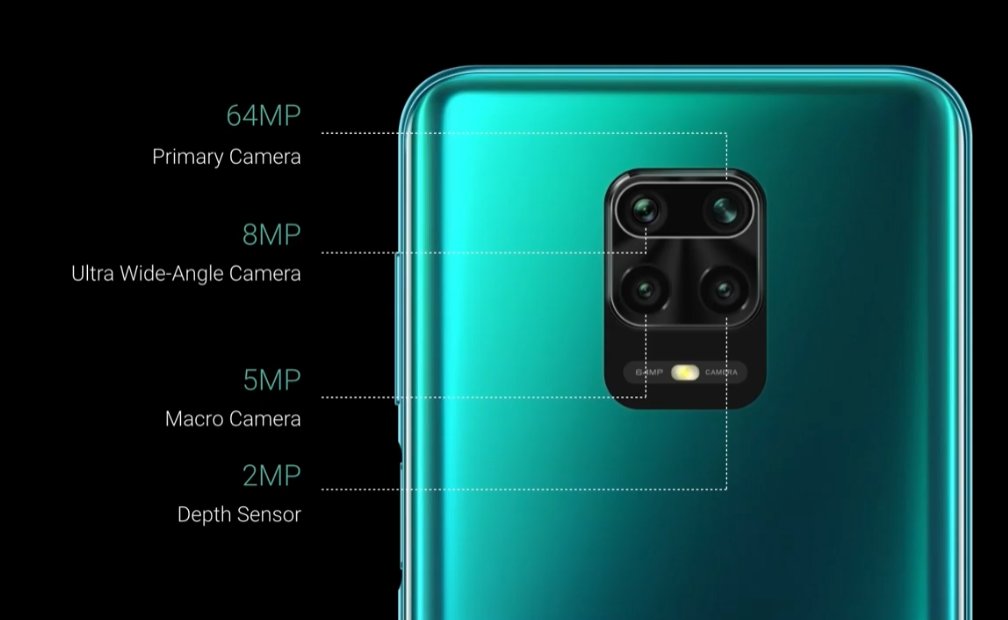Xiaomi Redmi Note 9 Pro Max is the top variant of Redmi Note 9 Pro with maximum features. It is also the successor of the Redmi Note 8 Pro. The company launched the Remdi Note 9 series in March, and due to the corona virus outbreak and lockdown in India, smartphones could not be released.
The main highlights of the Redmi Note 9 Pro Max are a 32 MP punch-hole selfie camera, 64 MP quad cameras and a large 5,020 mAh battery with 33W fast charging support. However, is it worth the price? Everything you need to know about the Redmi Note 9 Pro Max is here in our full review.
Design
Design front, the Redmi Note 9 Pro brings nothing new to the table, following the smartphone trend with its four-camera setup and punch-hole selfie camera design. However, the first Redmi Note series smartphone with a hole has a camera feature. It has a glass overlay design on the back, covered with Gorilla Glass 5.
The phone surprisingly uses a physical fingerprint scanner mounted on the side of the power button. Unlike current smartphones that use an in-display fingerprint scanner with AMOLED displays, the Redmi Note 9 Pro Max, with its IPS display, puts the fingerprint scanner on the power button. About the screen, you get 6.67 inches IPS DotDisplay with 20:9 Cinematic Display aspect ratio and Full HD+ (1080 x 2400 pixels) resolution. Both sides are protected by Corning Gorilla Glass 5. Redmi Note 9 Pro Max comes in three color options. Aurora Blue, White, and Interstellar Black.
Camera
As for the cameras, the Redmi Note 9 Pro Max provides a quad camera setup on the back. The primary camera is 64 MP, the secondary camera is ultra-wide 8 MP, the third is a macro camera using a 5 MP sensor, and the last is 2 MP for depth measurement. On the front, there is a 32 MP camera for making selfies and video calls.
Software and User Interface
Redmi Note 9 Pro Max runs on the latest MIUI 11 built on Android 10. MIUI 11 has many features from dark mode to UI customizations, icon packs, themes, new sounds and redesigned interface. Speaking of the performance of the user interface, it works smoothly because the interface is lightweight. The phone unlocks the screen in a few seconds, it takes less than 0.5 seconds to unlock, sometimes a second, but you can trust it because it’s a physical scanner.
